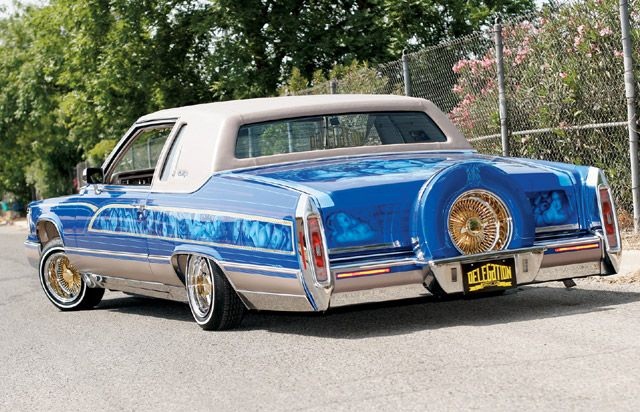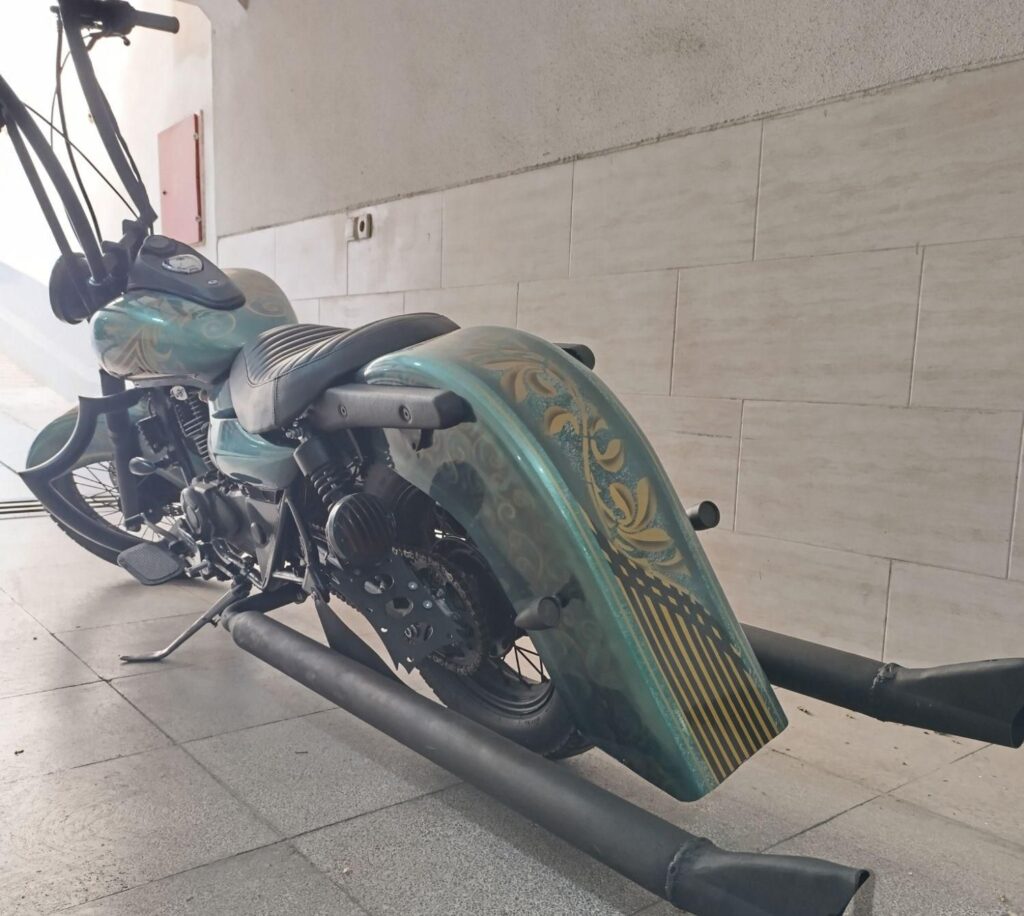
Chicano Popular Cultur:
فرهنگ عامه چیکانو: Que Hable el Pueblo by (Charles M. Tatum)
University of Arizona Press
Chicano Popular Culture, Second Edition provides a fascinating, timely, and accessible introduction to Chicano cultural expression and representation. New sections discuss music, with an emphasis on hip-hop and rap; cinema and filmmakers; media, including the contributions of Jorge Ramos and Mara Hinojosa; and celebrations and other popular traditions, including quinceaeras, cincuentaeras, and Csar Chvez Day.
This edition features:
Chicanas in the Chicano Movement and Chicanos since the Chicano Movement
New material on popular authors such as Denise Chvez, Alfredo Vea, Luis Alberto Urrea, and Juan Felipe Herrera
Suggested Readings to supplement each chapter
Theoretical approaches to popular culture, including the perspectives of Norma Cant, Alicia Gaspar de Alba, Pancho McFarland, Michelle Habell-Palln, and Vctor Sorell
With clear examples, an engaging writing style, and helpful discussion questions, Chicano Popular Culture, Second Edition invites readers to discover and enjoy Mexican American popular culture.





“Chicana” redirects here. For the wrestler, see Sangre Chicana. For other uses, see Chicano (disambiguation).
A “Chicano Power!” by M.E.Ch.A. CSULA is held up in a crowd (2006).
Chicano (masculine form) or Chicana (feminine form) is an ethnic identity for Mexican Americans who have a non-Anglo self-image, embracing their Mexican Native ancestry.[1][2][3] Chicano was originally a classist and racist slur used toward low-income Mexicans that was reclaimed in the 1940s among youth who belonged to the Pachuco and Pachuca subculture.[4][5] In the 1960s, Chicano was widely reclaimed in the building of a movement toward political empowerment, ethnic solidarity, and pride in being of indigenous descent (with many using the Nahuatl language or names).[6][7] Chicano developed its own meaning separate from Mexican American identity.[6][8][9][10] Youth in barrios rejected cultural assimilation into the mainstream American culture and embraced their own identity and worldview as a form of empowerment and resistance.[11] The community forged an independent political and cultural movement, sometimes working alongside the Black
power movement.[12][13]
El Paso’s Second Ward, a Chicano neighborhood (1972)
The Chicano Movement faltered by the mid-1970s as a result of external and internal pressures. It was under state surveillance, infiltration, and repression by U.S. government agencies, informants, and agent provocateurs, such as through COINTELPRO.[14][15][16][17] The Chicano Movement also had a fixation on masculine pride and machismo that fractured the community through sexism toward Chicanas and homophobia toward queer Chicana/os.[18][19][20] In the 1980s, assimilation and economic mobility motivated many to embrace Hispanic identity in an era of conservatism.[21] The term Hispanic emerged from a collaboration between the U.S. government and Mexican-American political elites in the Hispanic Caucus of Congress. Likewise, the same assimilatory force associated with Hispanic has been tied to the usage of Latino.[22] They used the term to identify themselves and the community with mainstream American culture, depart from Chicanismo, and distance themselves from what they perceived as the “militant” Black Caucus.[23][24]
“Chicana by luck, proud by choice” at 2019 Women’s March, Los Angeles
At the grassroots level, Chicana/os continued to build the feminist, gay and lesbian, and anti-apartheid movements, which kept the identity politically relevant.[21] After a decade of Hispanic dominance, Chicana/o student activism in the early 1990s recession and the anti-Gulf War movement revived the identity with a demand to expand Chicana/o studies programs.[21][25] Chicanas were active at the forefront, despite facing critiques from “movement loyalists”, as they did in the Chicano Movement. Chicana feminists addressed employment discrimination, environmental racism, healthcare, sexual violence, and exploitation in their communities and in solidarity with the Third World.[26][27][28][29] Chicanas worked to “liberate her entire people”; not to oppress men, but to be equal partners in the movement.[30] Xicanisma, coined by Ana Castillo in 1994, called for Chicana/os to “reinsert the forsaken feminine into our consciousness”,[31][32] to embrace one’s Indigenous roots, and support Indigenous sovereignty.[33][32]
In the 2000s, earlier traditions of anti-imperialism in the Chicano Movement were expanded.[34] Building solidarity with undocumented immigrants became more important, despite issues of legal status and economic competitiveness sometimes maintaining distance between groups.[35][36] U.S. foreign interventions abroad were connected with domestic issues concerning the rights of undocumented immigrants in the United States.[34][37] Chicano/a consciousness increasingly became transnational and transcultural, thinking beyond and bridging with communities over political borders.[37] The identity was renewed based on Indigenous and decolonial consciousness, cultural expression, resisting gentrification, defense of immigrants, and the rights of women and queer people.[38][39] Xicanx identity also emerged in the 2010s, based on the Chicana feminist intervention of Xicanisma.[40][41][42]